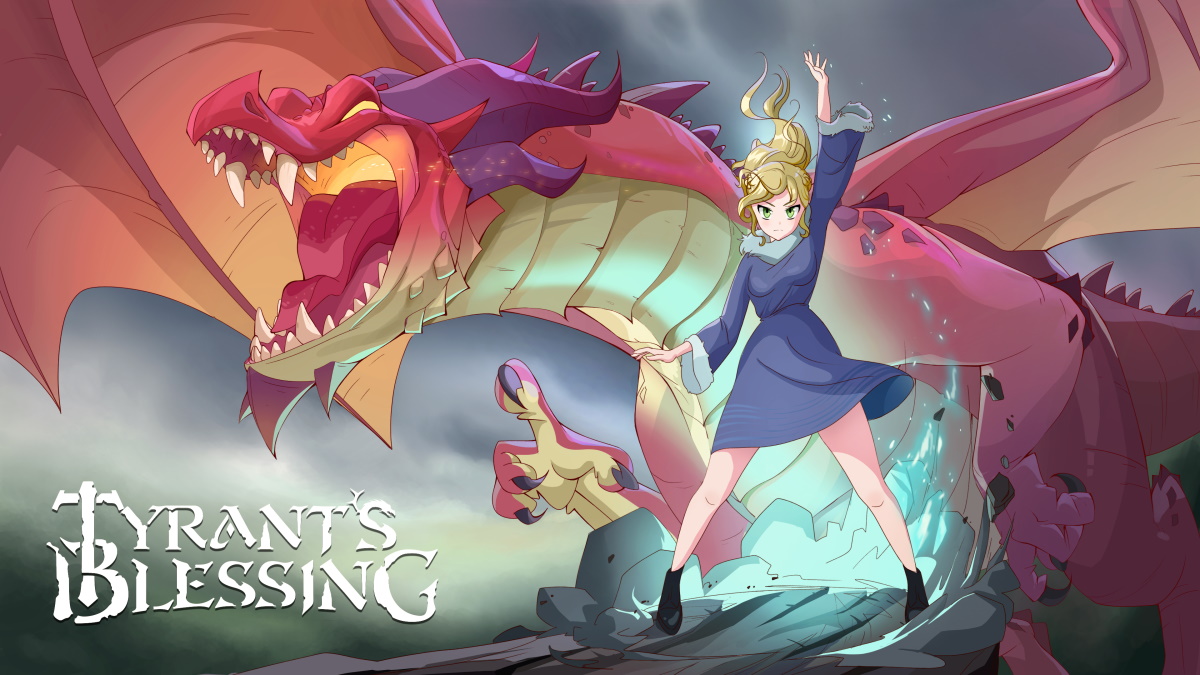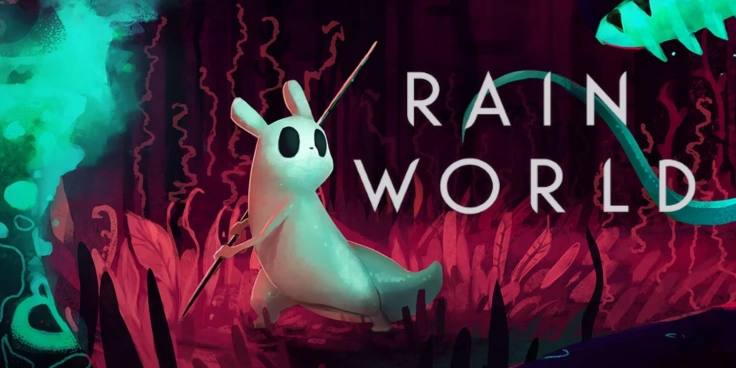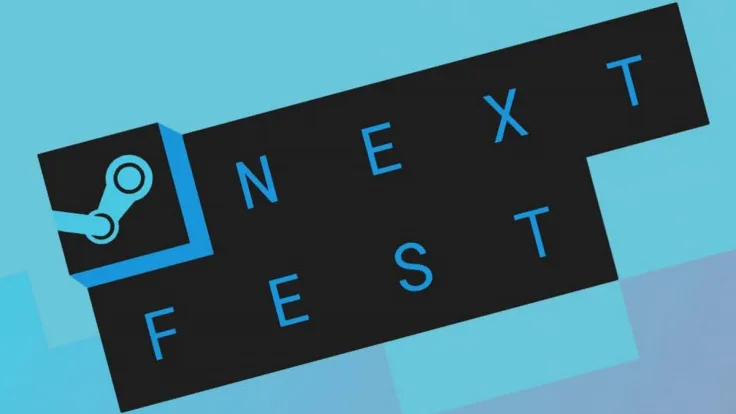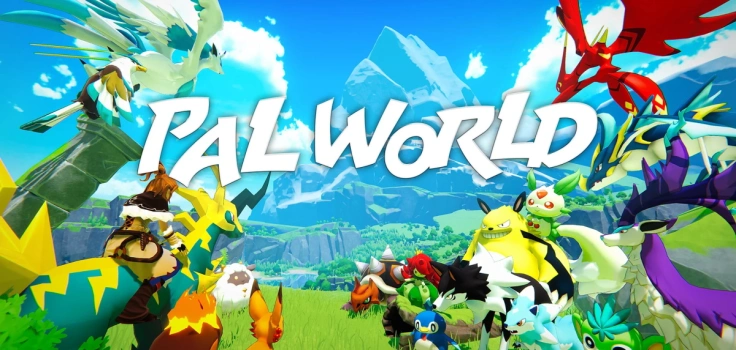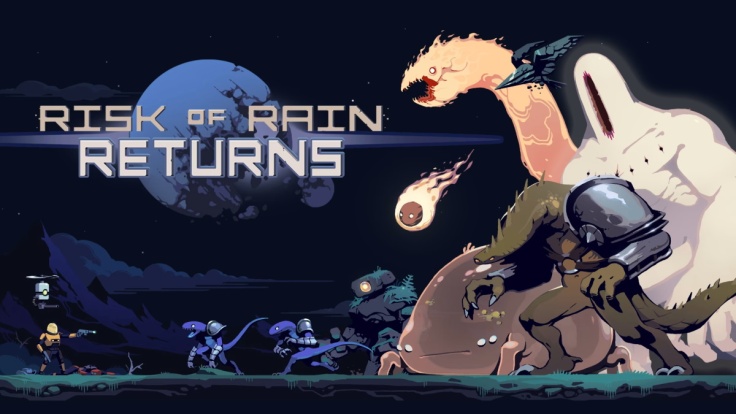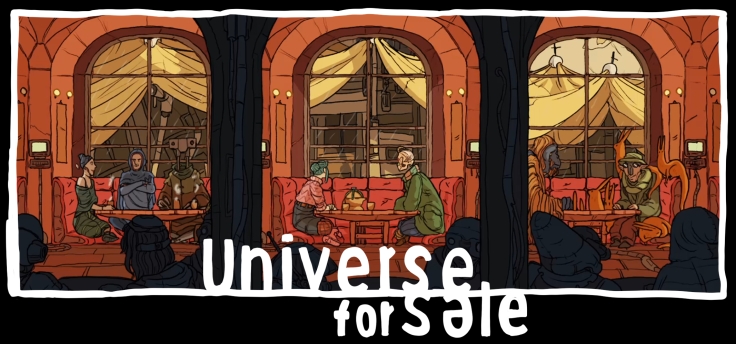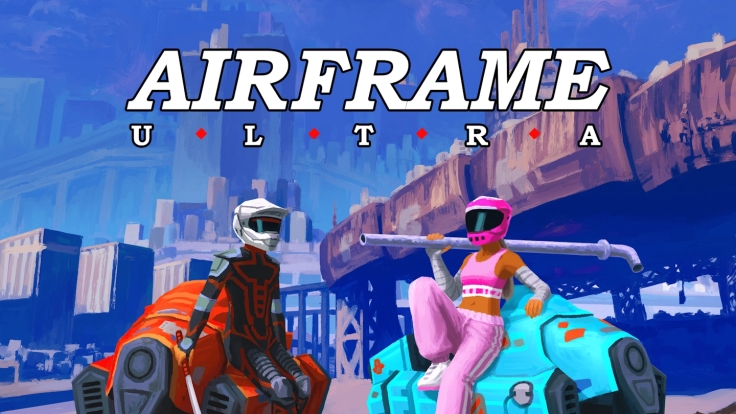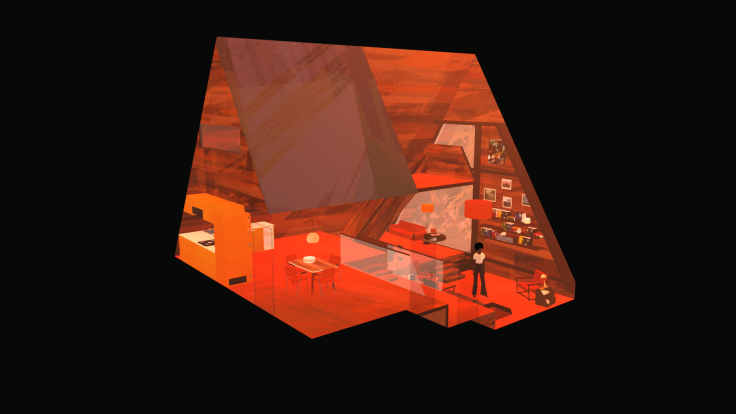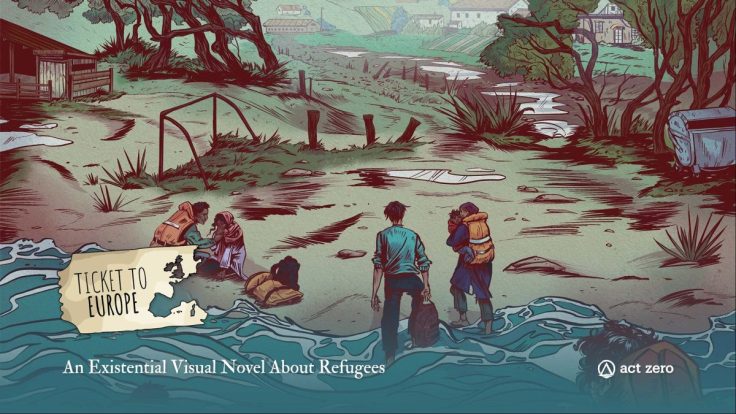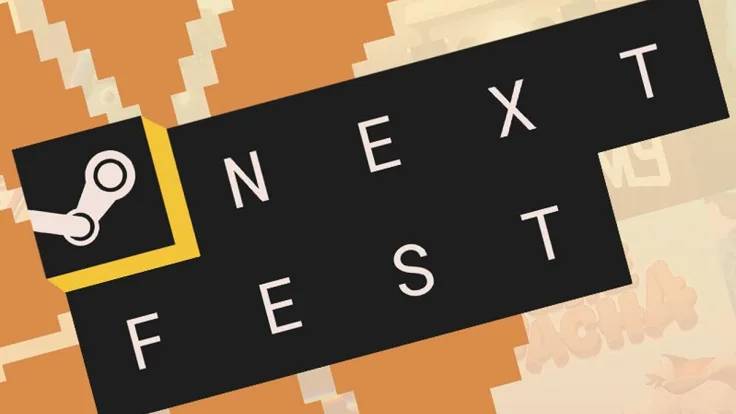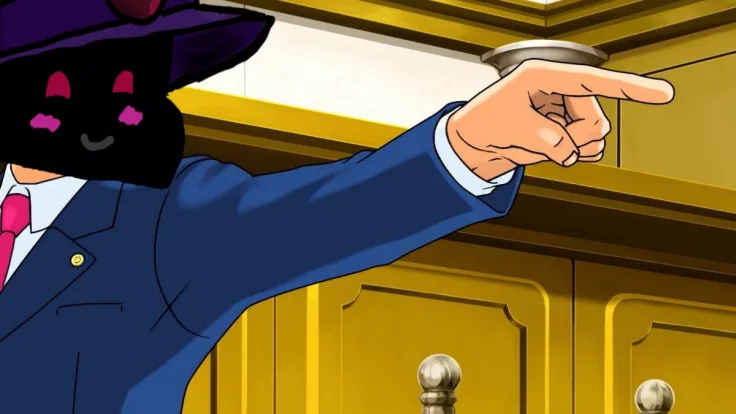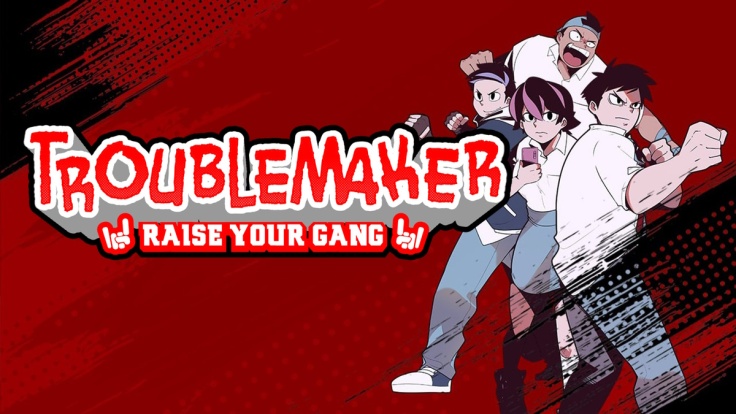Imagine a world with no war, no suffering, and no death. Sounds great, right? In Tyrant’s Blessing, someone promised just that and swiftly brought chaos and death upon the kingdom of Tyberia, slaughtering soldiers, royalty, and commoners alike with his undead army, eventually reviving them as undead pawns to add to his rows. Clearly, these aren’t suffering or dying but this isn’t what anyone wanted, right?
Thus, it is your mission to form a party, embark on an adventure, and defeat the titular Tyrant to bring back the country you loved and get a chance to turn back everything to how it was. But fear not as death isn’t the end. Should any of your party members fall, you’ll be able to restart again. The tyrant is more forgiving than you thought, after all.
Developer: Mercury Game Studio Publisher: Freedom Games Genre: Indie, Tactical RPG, Strategy, Roguelike, Fantasy Release Date: August 8th, 2022 Reviewed on: PC Available on: PC, Copy was provided by the publisher.
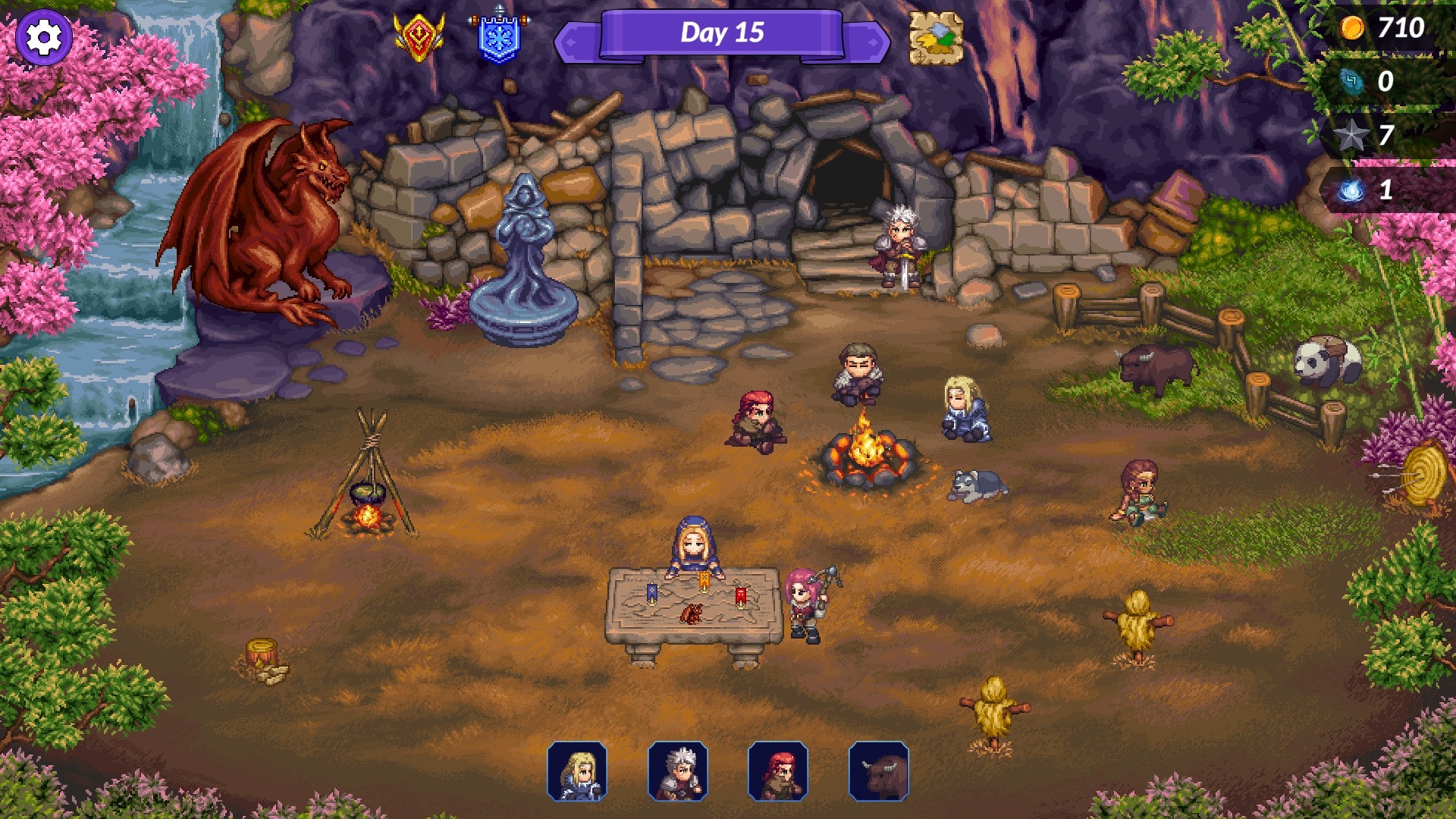
Tyrant’s Blessing is a tactics game with roguelike elements where you control a party of three heroes and a pet and where you try to defeat the main antagonist, Ninga… I can’t remember his name… Anyway, you can basically see this as “Into the Breach – but fantasy”!
It’s a pretty fun experience and I wanted to take some time today to review this title and tell you whether or not its unique spin on the tactics formula is enough to make you want to play it again and again!
Tactics games create problems for players and require them to solve them. These “problems” are varied based on the different missions. In some of them, you’re at a disadvantage with your positioning or you’re outnumbered… but through the use of your wits and the games’ mechanics, you make your way through them, often trying to mitigate losses on your side as much as possible.

In that regard, Tyrant’s Blessing doesn’t change the formula too much. You form a party, go on missions, make your way to the enemy castle, and try to defeat the bad guy. In each mission, you have three extra objectives that may require you to save an NPC, win in a certain amount of turns or defeat enemies using traps.
Completing these extra objectives awards you with reputation and other goodies. Reputation can be exchanged for items and ores at the merchant… and well, if a unit dies (and if you’re out of “Tyberian Guardian” – a resource that revives fallen units), the Tyrant’s messenger stops by, offering you a chance of resetting everything to bring your party member back to live in return.
This is where the game derives from the typical tactics formula. I was incredibly invested and always wanted to restart whenever I permanently lost a unit in Fire Emblem. This game does the same, sort of… Upon “losing a run”, you reset everything on the map, lose all resources and items, but you get to keep the heroes and characters that you unlock along the way, giving the game a little bit of meta progression.

What’s also interesting is that in combat itself, you’re not only facing off against enemies but you also have to watch where your characters started out. When you command your units to move or attack, they leave behind “shades” in their wake.
Enemies can still target the shade, though, so you have to prioritize mitigating the damage they deal and you’ll need to make use of abilities that move units to make enemies possibly attack each other or miss completely. It’s an interesting feature that adds an extra layer to the game.
On top of that, there are also environmental effects. Grass can burn, trees will release smoke when attacked with fire, bridges will get destroyed, etc. If you make an enemy bump into a wall or an object, they’ll get hurt as well, meaning that it’s often quite important to make use of what nature gives you to achieve your goals.

More importantly, though, the tyrant’s blessing fills the fields with “Void Energy”. As shown on a bar at the top of the screen, this void energy will revive units that have fallen until the energy is depleted.
So, if you face off against four enemies and there is 8 void energy on the field, you’ll basically have to kill these four enemies once to use up one energy each, another time to use one energy each, and another time to get them to stay dead.
This prolongs fights in a way but I honestly found it interesting to speculate which enemies may get respawned first… I also had to frequently finish off weak enemies first so that the strong ones can be dealt with at last without them reviving.

In the game, there are three types of characters: Fighters, Supports, and Mages. As you earn achievements, you can recruit new units to take with you on your journey. On top of that, there are also pets that have special abilities that are often really useful and shouldn’t be underestimated. Each character that you find has a passive ability, two active abilities as well as their own sets of stats. These stats can be increased using ore – but you can also give units items to balance out their weaknesses or further embrace their strong suits.
Overall, I enjoyed the difficulty and the different mechanics in the game, although I have to say that it gets fairly tough as time goes on.
The difficulty is in that sweet spot between “Good” and “A little tricky but not too hard” but for people that are interested in an even harder experience, you can up the difficulty at the beginning of your journey and try to accomplish the impossible as you explore the game. Still, even Standard has been quite challenging for me and I’ve misplayed plenty of times, leading to plenty of deaths.

I wish that the game would do more with its world and story. The basic premise of the game is fairly generic and established, I guess, but as we complete missions, we get snippets of stories that you can’t re-read somewhere or collect or anything. They add to each character’s story but they don’t tell you too much about the game’s world, which I found to be quite the bummer.
At the same time, the music is great and the art is absolutely stunning… but I would have liked to see more variance in the game. The map doesn’t change much if at all throughout runs and I often would see similar missions again and again, which I found a little boring. Also, combat takes place in an 8×8 area. It would have been interesting to see bigger and smaller areas with more hindrances and objects.
Overall, though, Tyrant’s Blessing is a lovely game that not only gives seasoned players of the tactics genre a bit of a challenge to work with but also functions as a great entry point for new players, thanks to a few difficulty options available at the start of adventures! While the game calls itself a “Roguelike”, I wouldn’t necessarily go that far, really. It’s lacking a few fundamentals, in my opinion, that make you crave for “one more run” but it’s a nice title if you’re into tactical RPGs and the like.
This post was originally written by Dan Dicere from Indiecator.
If you see this article anywhere else other than Indiecator.org… then this article has been stolen. Please let me know of this via E-Mail. Other than that, feel free to stop by my Twitch streams!

